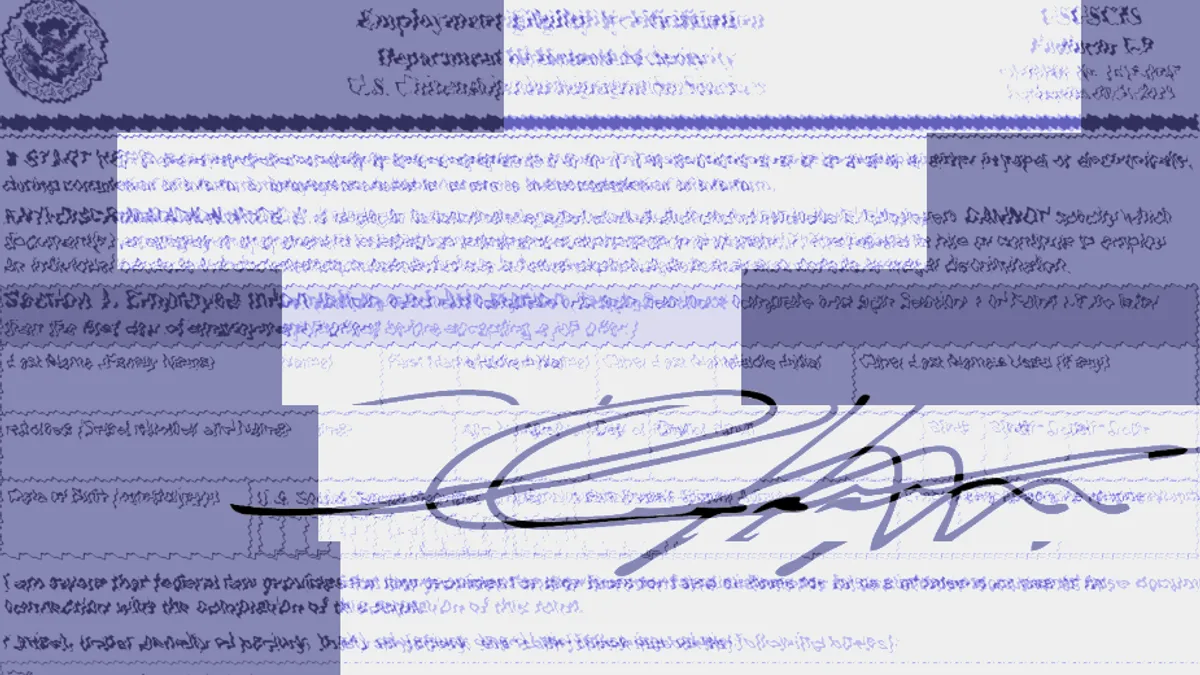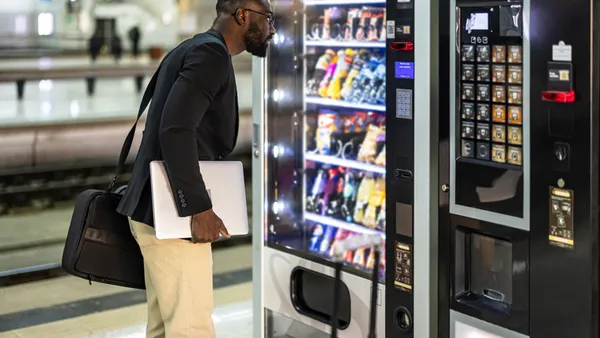It's no secret that retaining top talent and keeping employees happy is a massive undertaking.
According to a recent survey by Dale Carnegie Training, more than 40% of employees surveyed are at risk of leaving their job in the coming year.1 While the reasons for being unsatisfied varied, the common thread was lack of engagement and a misaligned culture.
That's why more companies are focusing on employee experience (EX) when designing the physical, cultural, and technological work environment. According to a recent Quartz article, "The idea is to use design to understand the conscious and subconscious needs involved with improving everyday happiness and productivity."
In order to design for employee experience, companies are shifting away from corporate work environments to open floor plans, flexible hours, and alternative learning programs. At Peerspace, we've seen a 93% increase in offsite training sessions in the past year and it's only projected to increase further as the demand to retain top talent grows. Read on to learn how you can implement EX into your business to design for a culture of engaged employees.
Enhance the learning environment
Fluorescent lights and stuffy cubicles aren’t cutting it anymore as more studies find employees do their work best in inspiring and collaborative spaces. “We are seeing that workplace design is a critical part of truly innovative companies’ success. On average, employees at innovative companies have better-designed, more functional workspaces that unlock creative potential,” says Diane Hoskins, co-CEO at Gensler. In Gensler’s 2016 U.S. Workplace Study, the overarching finding was that, “great workplace design drives creativity and innovation.”2
“A new environment can often spark new thoughts and deepen engagement levels,” said Peerspace founder and CEO, Rony Chammas. “Professionals view their experiences in these spaces as a refreshing change of pace from their day-to-day.” To make meeting space conducive for learning, find space with natural light, breakout areas, and the necessary amenities that will energize employees to do their best work.
Develop people programs
Learning and development programs are the building blocks when promoting a culture of learning. In Deloitte’s Global Human Capital Trends report, Learning and Development issues exploded, rising from the number eight to third most important talent challenge in this year's study.3 While employers and executives understand the importance of these programs, many organizations struggle to build these programs that meet employees needs.
To learn about successful programs from innovative companies, we talked to the Director of People at Artsy who said, "We organize regular 'Manager Discussion Groups' themed around different people management issues (ie, 'Facilitating Effective One on Ones' or 'Inspiring & Motivating Your Team'). All people managers are invited, but we keep the groups small (8-15 people) and ask people to do some prep work in advance. This leads to meaningful discussion and peer learning and helps us align our values around around leadership expectations."
Get out of the routine
Powerpoint and keynote presentations are often the norm when it comes to building employee training curriculum; however, this offers a static approach to learning. Instead, employers should include education sessions where employees learn by doing. There’s a growing body of research that notes people learn from experience better than they do from lectures. This experiential learning approach means developing dynamic programs that go beyond powerpoint slides.
Additionally, if you’re organizing a hackathon, training session, or creative brainstorm, using your regular team meetings to do your planning can hinder productivity. We talked to Asana’s Product Marketing Lead, Devon Watts, who recommends, “if you meet in the same physical space during the same time slot as your weekly meetings, you'll have trouble getting fresh ideas out of your team. Get out of the office, or at least book a different room at a different time, for your planning sessions.” Providing a change of scenery sets the tone for the planned activity by signaling its importance while also building excitement.
1 Dale Carnegie Training Global Leadership Study USA 2016
2 Gensler 2016 U.S. Workplace Study
3 Deloitte Global Human Capital Trends










